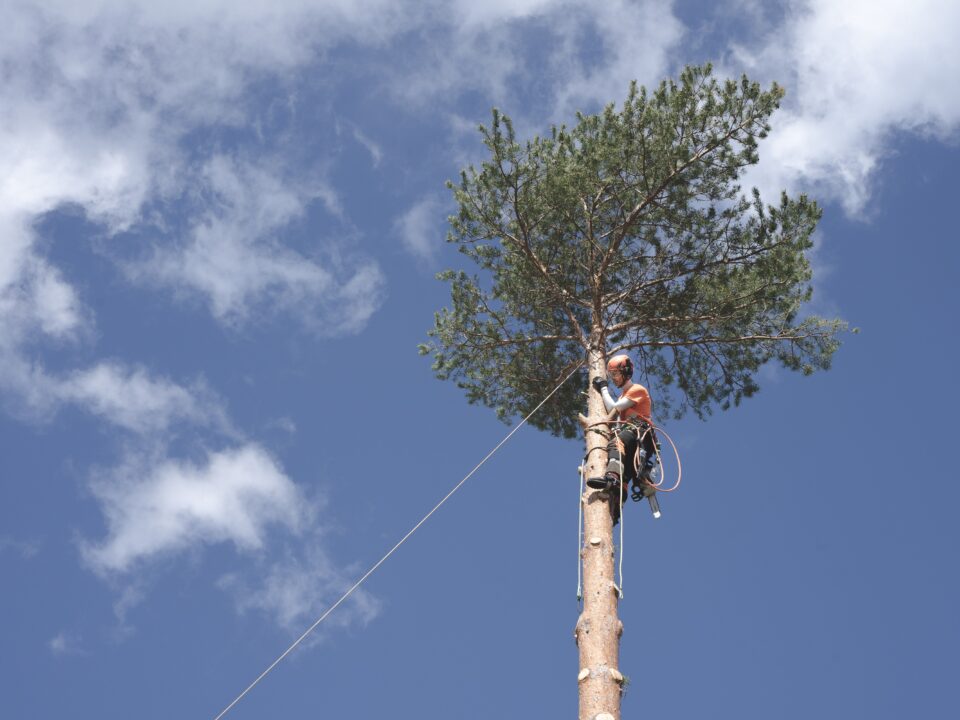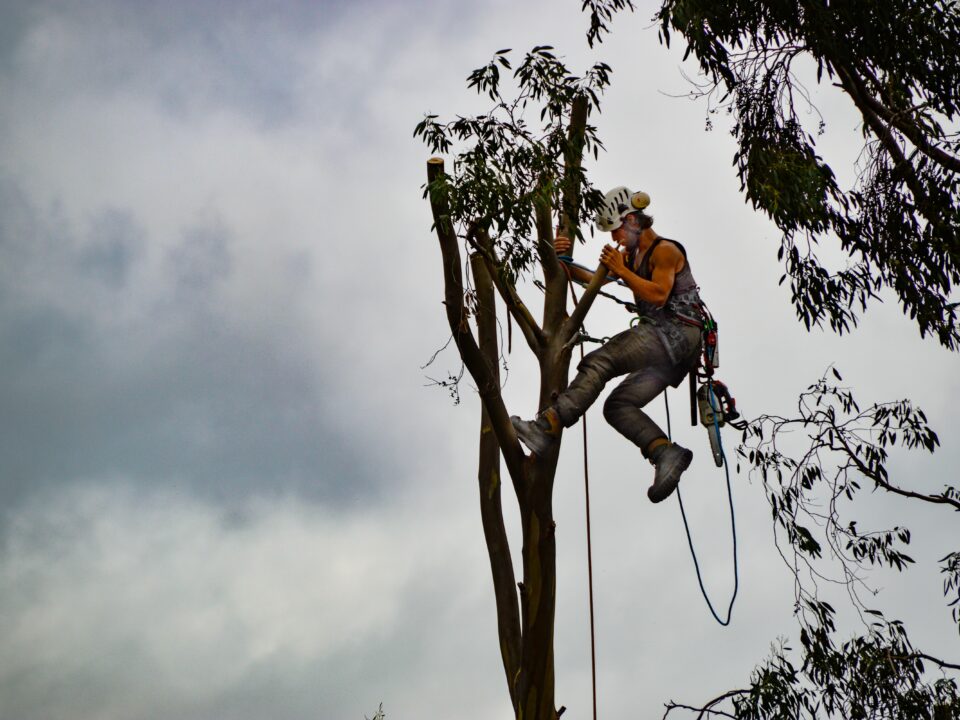November 13, 2022
Published by fabiano admin at November 13, 2022
Categories
Home Tree Service’s Guide to Tree work in Mosman Council Unauthorised Tree Services in Mosman Area, whether it’s Tree Removal, Tree Pruning or Tree Cutting, may result in significant fines, […]
November 6, 2022
Published by fabiano admin at November 6, 2022
Categories
Home Tree’s Services Guide to Tree Services in Bayside Area Unauthorised Tree Services in Bayside Area, whether it’s Tree Removal, Tree Pruning or Tree Cutting, may result in significant fines, […]
October 31, 2022
Published by fabiano admin at October 31, 2022
Categories
Home Tree Service’s Ultimate Guide to Tree Cutting in the Inner West Sydney! Unauthorised Tree Cutting in the Inner West Sydney, whether it’s Tree Removal, Tree Pruning or Tree Cutting, […]
October 25, 2022
Published by fabiano admin at October 25, 2022
Categories
Home Tree Service’s Guide to Tree Services in the City of Sydney Unauthorised Tree Services in the City of Sydney, whether it’s Tree Removal, Tree Pruning or Tree Cutting, may […]
October 17, 2022
Published by fabiano admin at October 17, 2022
Categories
Home Tree Service’s Guide to Tree Work in Randwick City Council Updated: 29/09/2022 Tree services can bring several benefits to your property, not only from the visual perspective but also […]
October 4, 2022
Published by hometrees at October 4, 2022
Categories
At Home Tree Services, we value the time, money and safety of our clients. Before we start any service, we follow...





